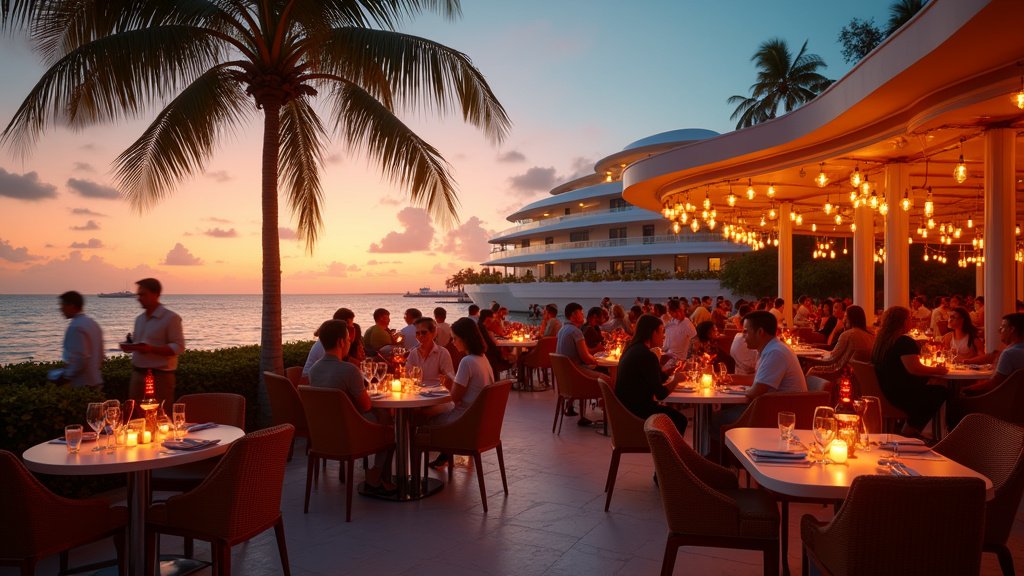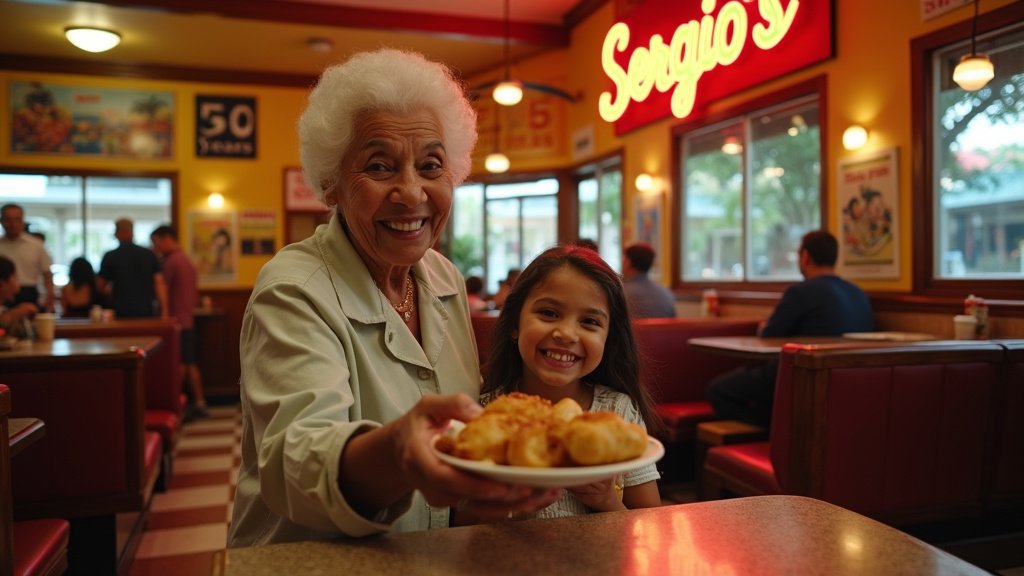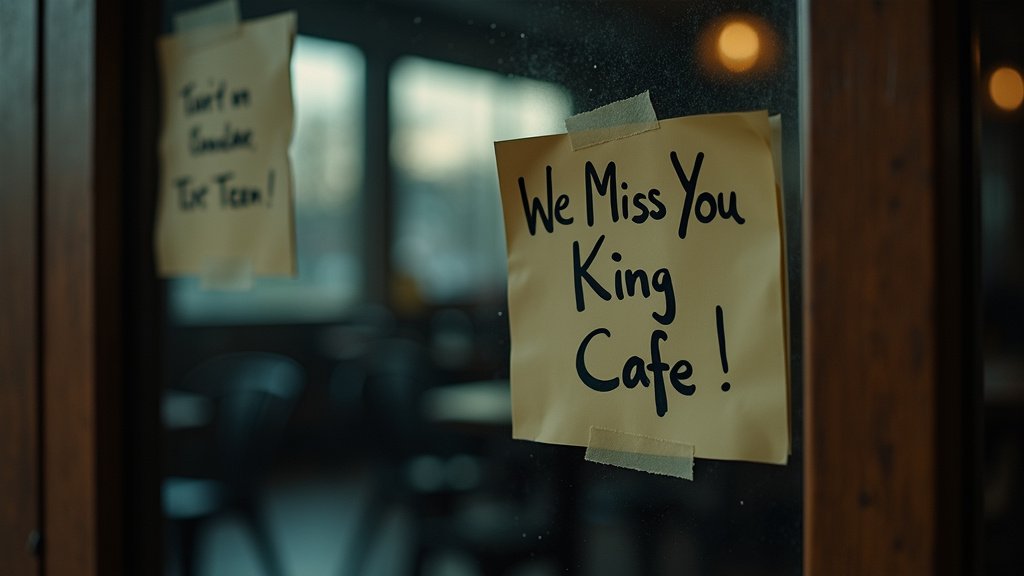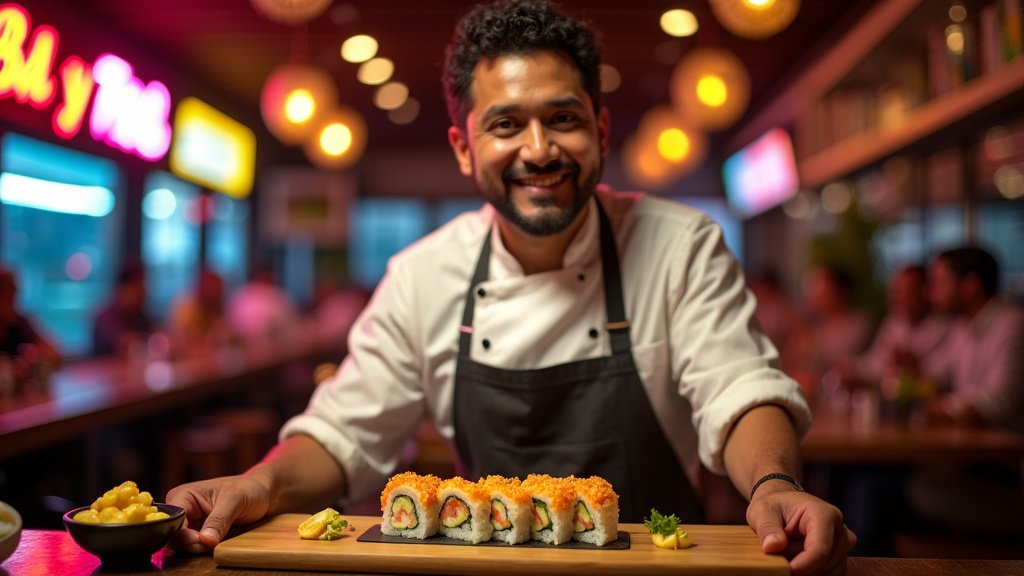Miami Restaurants Grapple with a Difficult Summer
The Miami restaurant industry is currently navigating what many are calling the most challenging summer season on record. Faced with dwindling reservations, reduced foot traffic, and a wave of closures, local chefs and restaurateurs are grappling with an unprecedented set of difficulties. The summer of 2025 has brought a perfect storm of economic pressures and market shifts, testing the resilience of Miami’s culinary scene.
A Bleak Landscape
The downturn is widespread, impacting establishments across various neighborhoods. Kevin Rusk, owner of Titanic Brewery & Restaurant, expressed the sentiments of many, stating that they are ‘really feeling it’. This stark assessment underscores the severity of the situation. Restaurants in previously bustling areas like Wynwood are now seeing empty streets, a significant contrast to the vibrant energy the district is known for. Even those outside of the typical tourist zones, such as west Kendall, are experiencing a concerning dip in business. This indicates that the challenges are not confined to specific locations or demographics, but rather reflect a broader industry-wide issue.
Closures and Changing Dynamics
The recent closures of high-profile establishments further highlight the gravity of the situation. Among the casualties is EntreNos, a Michelin-starred restaurant in Miami Shores, a testament to the difficulties even top-tier venues are facing. Also closing its doors is Maty’s, a popular Peruvian restaurant, reflecting the impact on diverse culinary offerings across the city. These closures are not isolated incidents; they are symptomatic of a larger trend. The industry is witnessing an early and extended off-season, a stark departure from previous years. This extended period of reduced activity presents substantial financial hurdles for restaurant owners, who depend on consistent revenue streams to cover their operating costs.
Market Saturation and Increased Competition
Several factors have converged to create this challenging environment. One significant contributor is the market’s potential oversaturation. The influx of out-of-town restaurateurs into Miami, particularly following the arrival of the Michelin Guide in 2022, has increased competition dramatically. While this influx initially added to the city’s culinary vibrancy, it has also increased the number of restaurants vying for the same customer base. The result is a more competitive landscape, with thinner profit margins and increased pressure on businesses to differentiate themselves.
Economic Pressures and Rising Costs
The economic challenges extend beyond increased competition. Restaurants are also battling a complex web of rising costs. The price of food, a primary expense for any restaurant, has been subject to fluctuations and increases. The cost of insurance has also seen significant increases, adding to the financial burden. Moreover, rent in Miami, a city known for its high cost of living, continues to be a substantial operational expense. Finally, unexpected tariffs have further complicated the financial landscape, creating additional pressures for businesses already operating on tight margins. These combined pressures have eroded profitability and made it increasingly difficult for restaurants to stay afloat.
A Shift from Post-Pandemic Era
The current environment is a stark contrast to the restaurant market’s situation following the 2020 pandemic. The post-pandemic era saw a surge in demand as restrictions eased and people sought to return to normalcy. Government assistance programs helped many businesses stay afloat, and outdoor dining became more prevalent. However, the current economic climate, marked by inflation, increased operating costs, and changing consumer behavior, presents a fundamentally different set of challenges. The industry is now navigating a period of economic uncertainty, demanding innovative strategies and careful financial management. The strategies employed during the immediate post-pandemic recovery are no longer sufficient to meet the challenges of the summer of 2025.
Navigating the Future
As Miami restaurants face these unprecedented challenges, the focus is on how businesses can adapt and survive. This may involve menu adjustments, streamlining operations, exploring new revenue streams, and building stronger relationships with customers. The key to navigating this difficult period lies in a combination of financial prudence, creative marketing, and a deep understanding of the evolving culinary landscape. The restaurant industry’s ability to adapt and innovate will determine its future in Miami.





